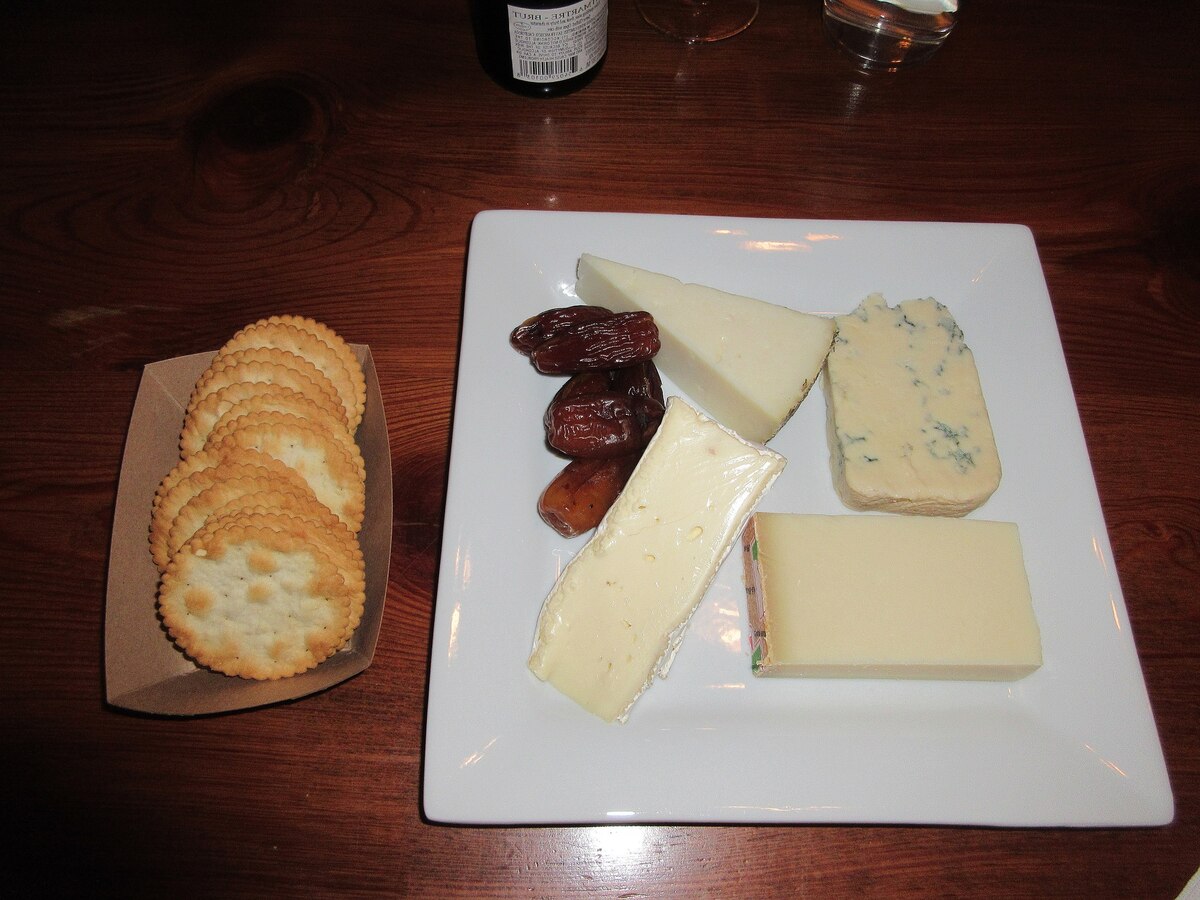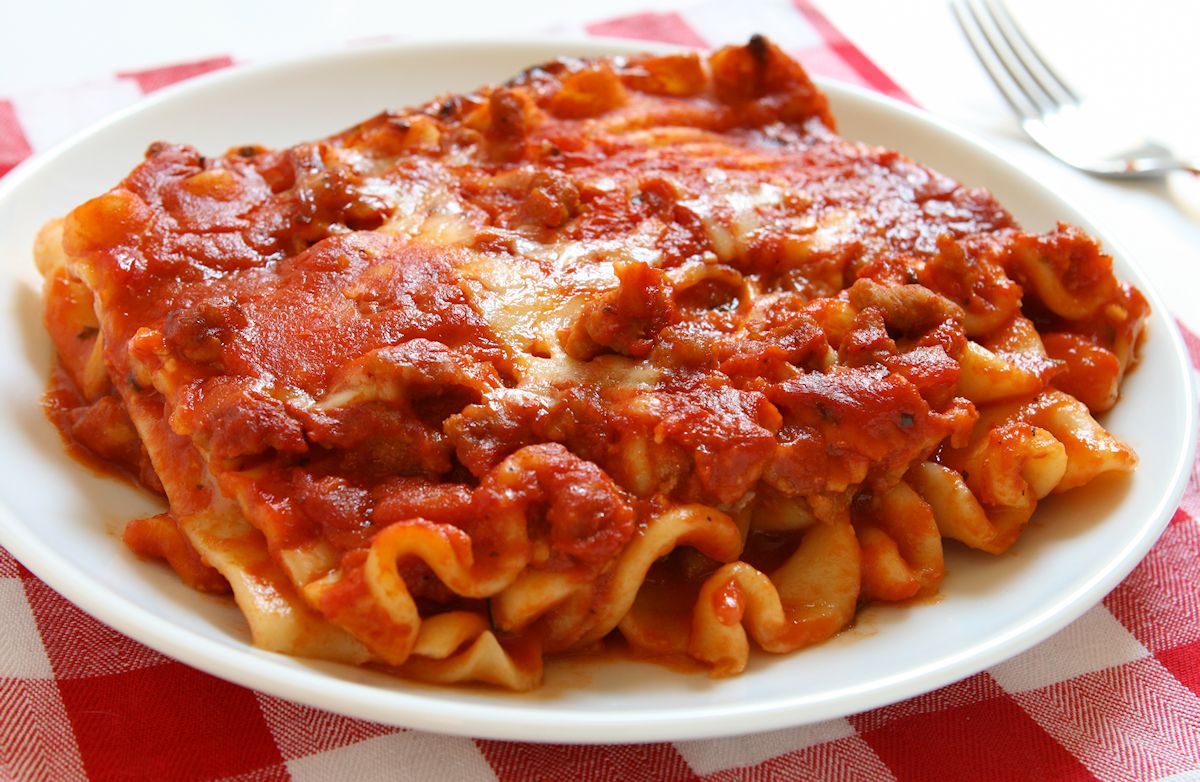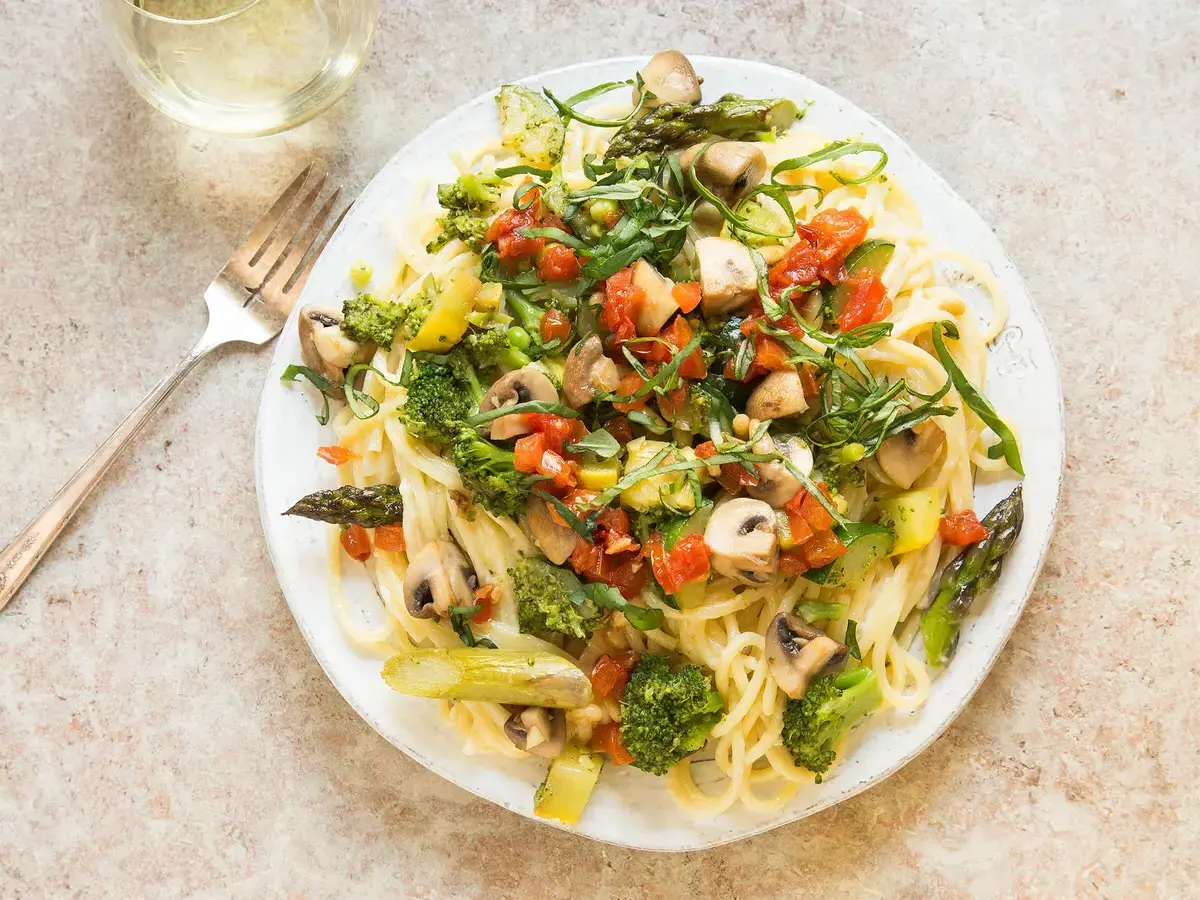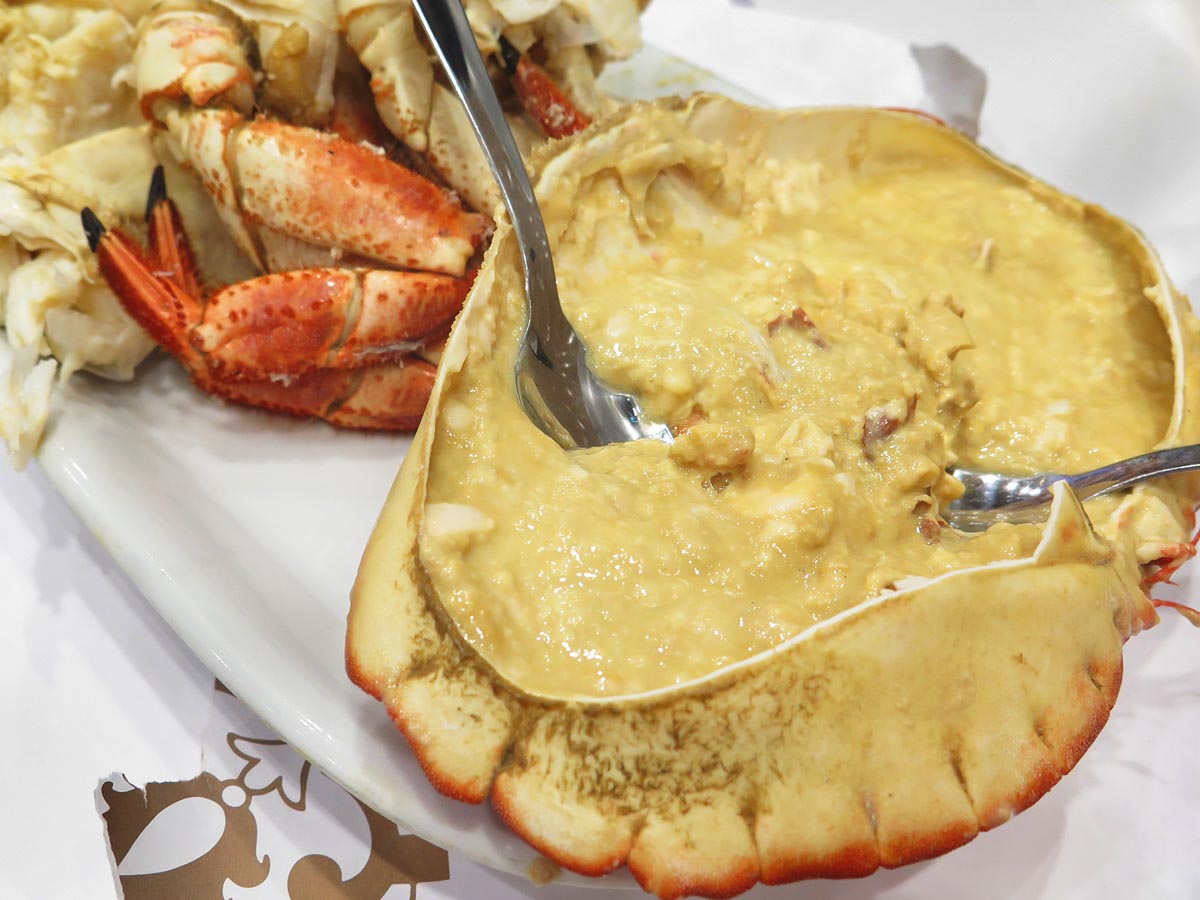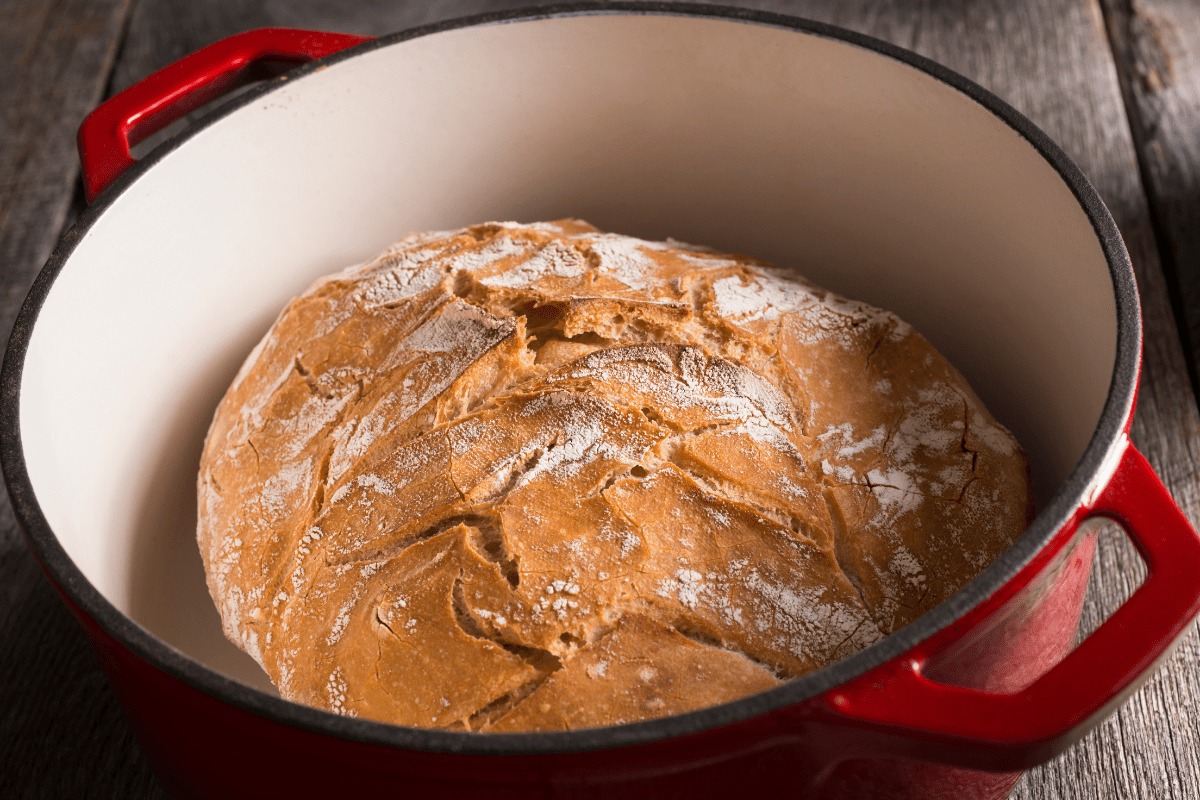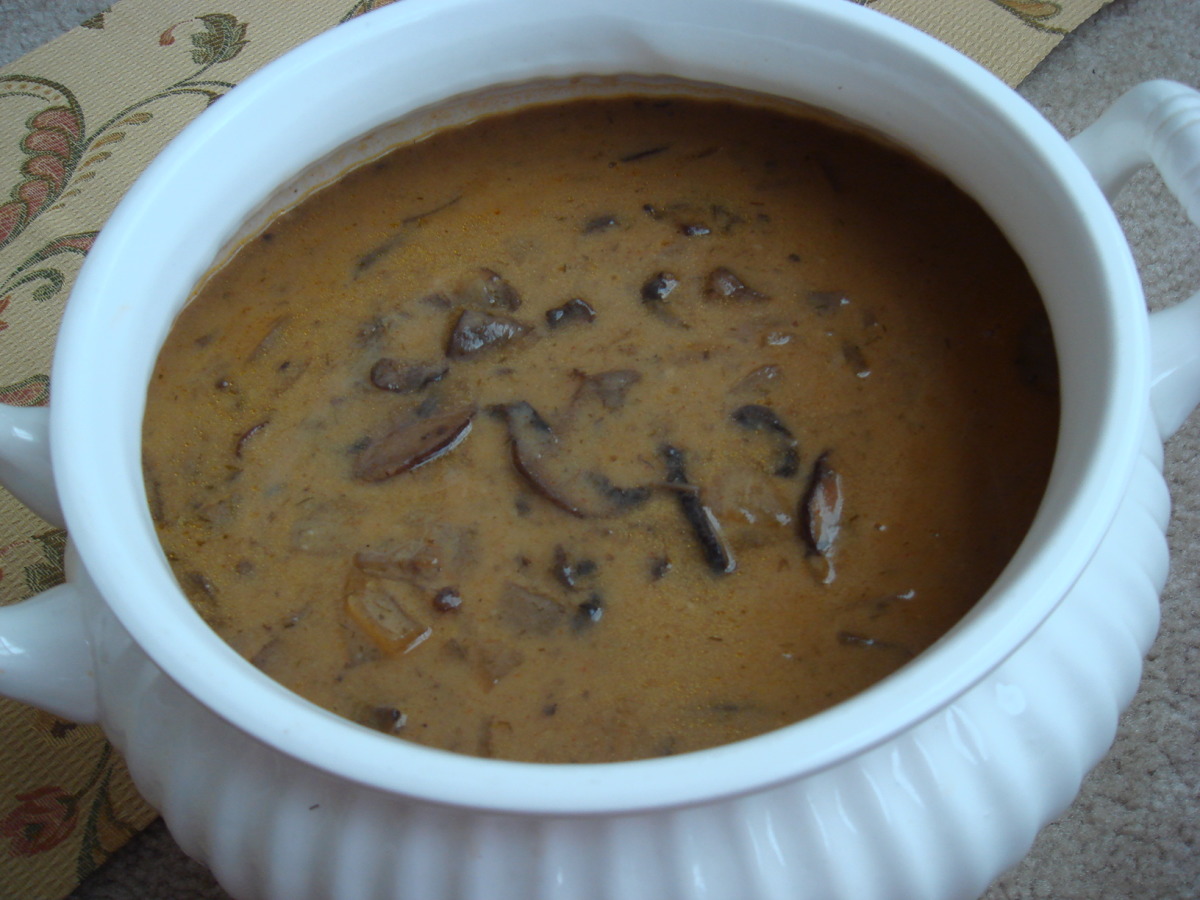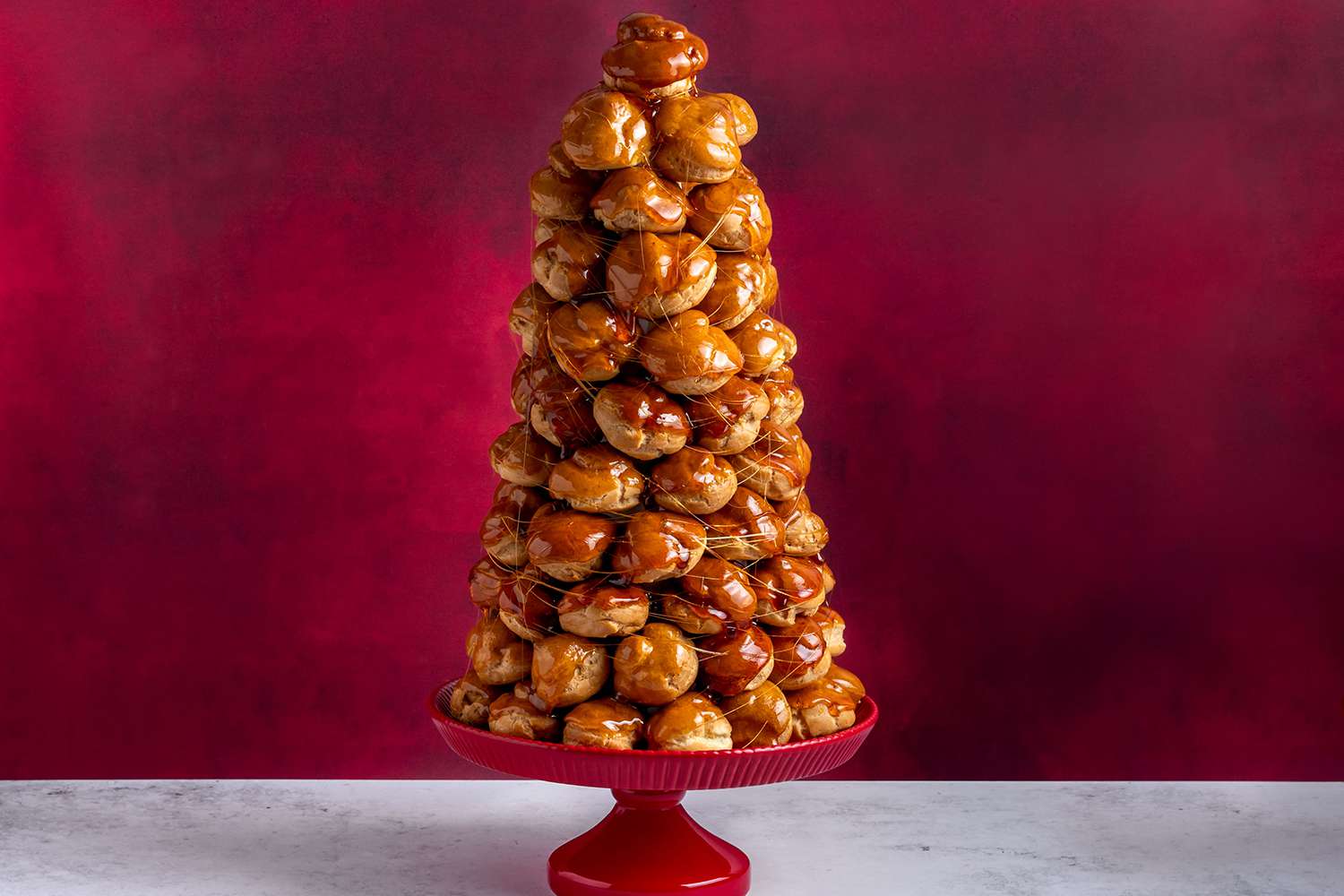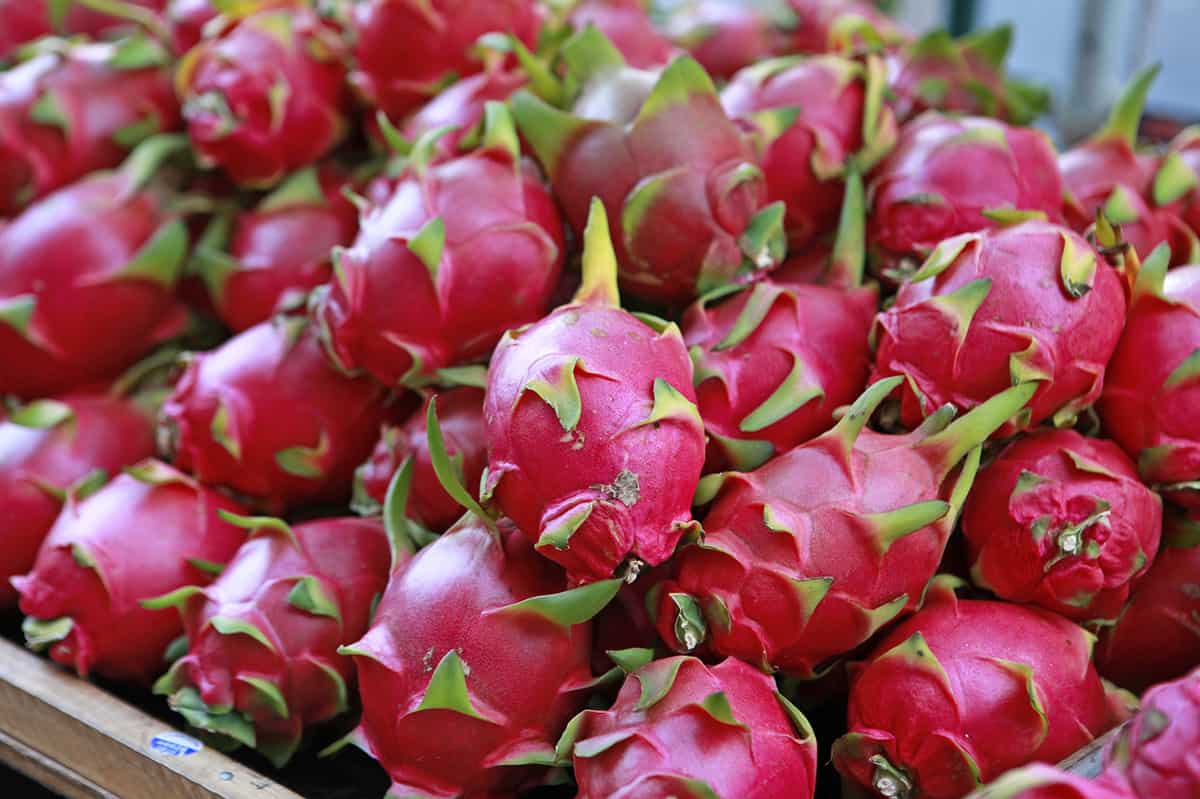The Difference Between Vanilla and French Vanilla
When it comes to flavors, vanilla is a classic favorite that is loved by many. However, have you ever wondered about the difference between regular vanilla and French vanilla? Let’s explore the unique characteristics of each and uncover the distinctions between the two.
Vanilla
Vanilla is a widely used flavoring derived from the pods of the vanilla orchid. The pods are harvested and cured to develop the distinct vanilla flavor. Here are some key points about vanilla:
- Vanilla has a sweet and creamy flavor profile.
- It is commonly used in baking, ice cream, and various desserts.
- The flavor of vanilla is often described as warm and comforting.
- It is a versatile ingredient that can enhance both sweet and savory dishes.
French Vanilla
French vanilla is often associated with a richer and more luxurious flavor compared to regular vanilla. Here are some characteristics of French vanilla:
- French vanilla has a custard-like, creamy taste with a subtle hint of floral notes.
- It is commonly used in custards, ice cream, and creamy desserts.
- The flavor of French vanilla is often described as indulgent and sophisticated.
- It is a popular choice for adding a decadent twist to various recipes.
The Key Differences
So, what sets vanilla apart from French vanilla? The main differences lie in the flavor profile and usage:
- Flavor: Vanilla has a sweet and creamy flavor, while French vanilla offers a richer, custard-like taste with subtle floral notes.
- Usage: Vanilla is commonly used in a wide range of recipes, including baked goods and savory dishes. French vanilla, on the other hand, is often chosen for desserts that call for a more indulgent and luxurious flavor.
Which One Should You Choose?
When deciding between vanilla and French vanilla for your recipes, consider the flavor profile you want to achieve. If you’re aiming for a classic, sweet vanilla taste, opt for regular vanilla. On the other hand, if you’re looking to add a touch of sophistication and creaminess to your desserts, French vanilla is the perfect choice.
Ultimately, both vanilla and French vanilla offer delightful flavors that can elevate your culinary creations. Whether you’re baking a batch of cookies or preparing a decadent dessert, the choice between vanilla and French vanilla can make a difference in the overall taste and experience.
Next time you reach for a bottle of vanilla extract or a carton of French vanilla ice cream, savor the unique characteristics of each and enjoy the delightful nuances they bring to your favorite dishes.
Now that you know the difference between vanilla and French vanilla, you can confidently select the perfect flavor for your next culinary adventure. Happy cooking!
Was this page helpful?
Read Next: What Is Hard Tack Candy
